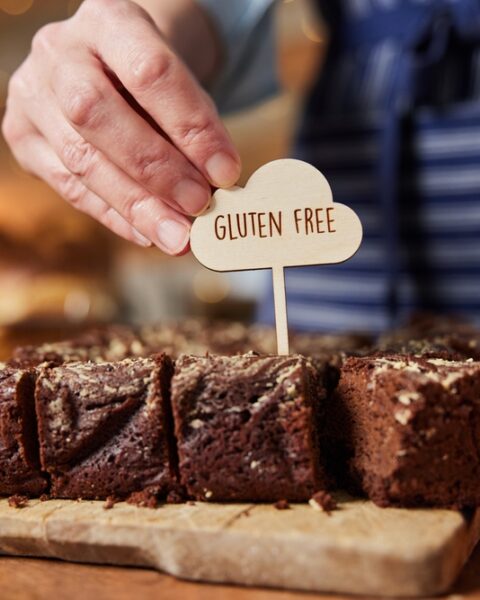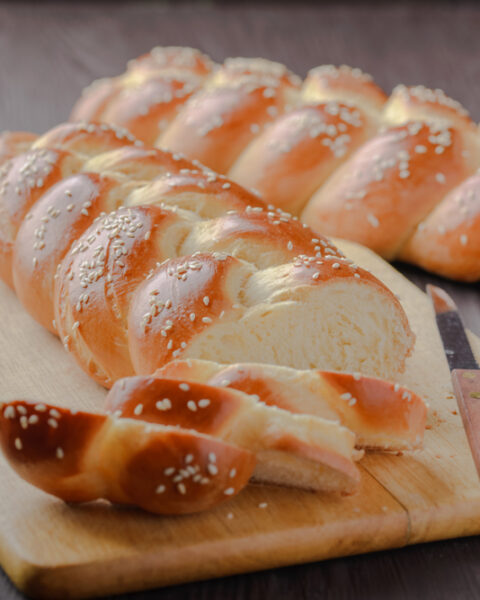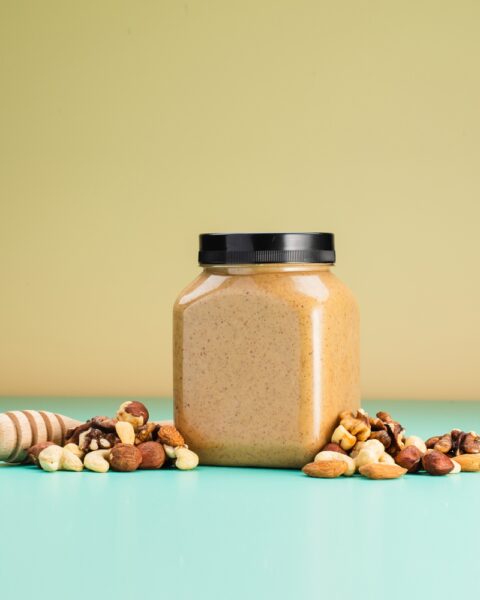Cooking ground turkey can be a bit tricky, especially if you’re used to working with ground beef. Despite its popularity as a healthier alternative, many people make common mistakes that can lead to dry, flavorless, or even unsafe meals. Understanding these pitfalls and learning how to avoid them can make all the difference in your cooking. Here’s a detailed guide to help you master ground turkey and avoid those all-too-common mistakes.
Contents
- 1 Choosing Ground Turkey with the Wrong Fat Content
- 2 Assuming It Will Taste the Same as Ground Beef
- 3 Cooking It Straight from the Fridge
- 4 Forgetting to Use a Binder
- 5 Overmixing Your Turkey Meat
- 6 Underseasoning Your Meat
- 7 Failing to Cook Ground Turkey to the Right Temperature
- 8 Forgetting to Use a Potato Masher
- 9 Not Stirring It Often Enough
- 10 Overcooking Ground Turkey
- 11 Not Draining Your Meat
- 12 Cooking with Expired Ground Turkey
- 13 Pushing Down on Your Ground Turkey Burgers While Grilling
- 14 Forgetting to Add Moistening Ingredients
- 15 Not Considering Food Safety
- 16 More From RetailShout
- 17 12 Cheap Dollar Tree Essentials You Won’t Find Anywhere Else
- 18 16 Common Yard Sale Items That Are Wastes of Money
Choosing Ground Turkey with the Wrong Fat Content
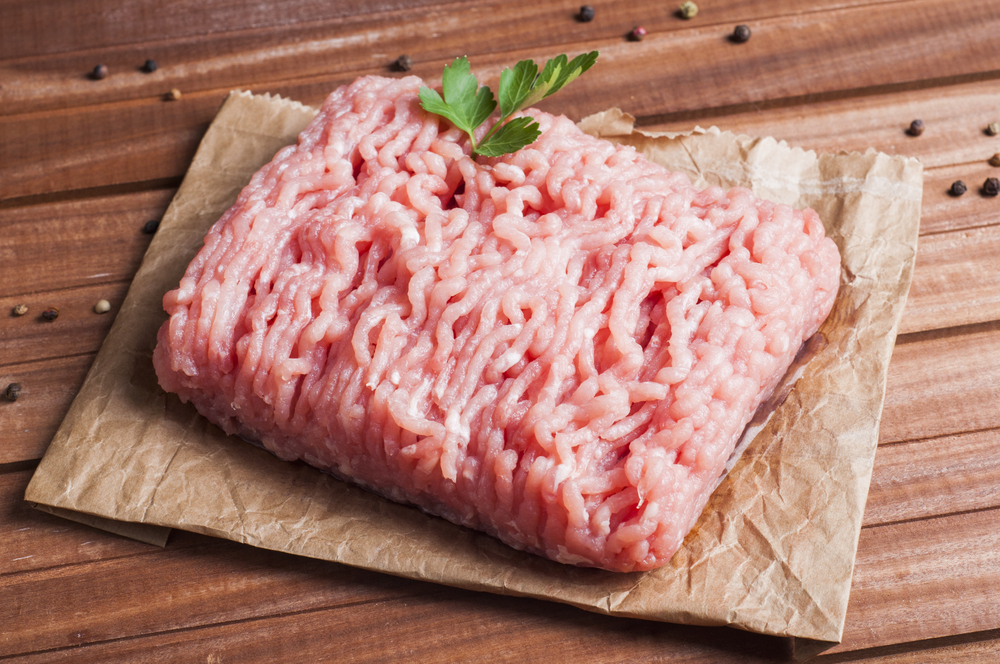
Selecting the wrong fat content can result in a tough, dry dish. Ground turkey can have as low as 1% fat or as high as 15%. It’s crucial to check the fat content on the package. For most dishes, a fat content of around 7% is ideal. If you use a lower-fat variety, compensate by adding oil or moisture. Conversely, with higher-fat ground turkey, be cautious with additional fats to avoid greasiness.
Assuming It Will Taste the Same as Ground Beef

Ground turkey has a milder flavor compared to ground beef. Instead of expecting it to taste the same, enhance its natural flavor with appropriate seasonings. Use ingredients like Worcestershire sauce or beef bouillon to add depth. Embrace the lighter taste of turkey by using complementary spices and herbs. For a smokier flavor, try grilling the turkey.
Cooking It Straight from the Fridge
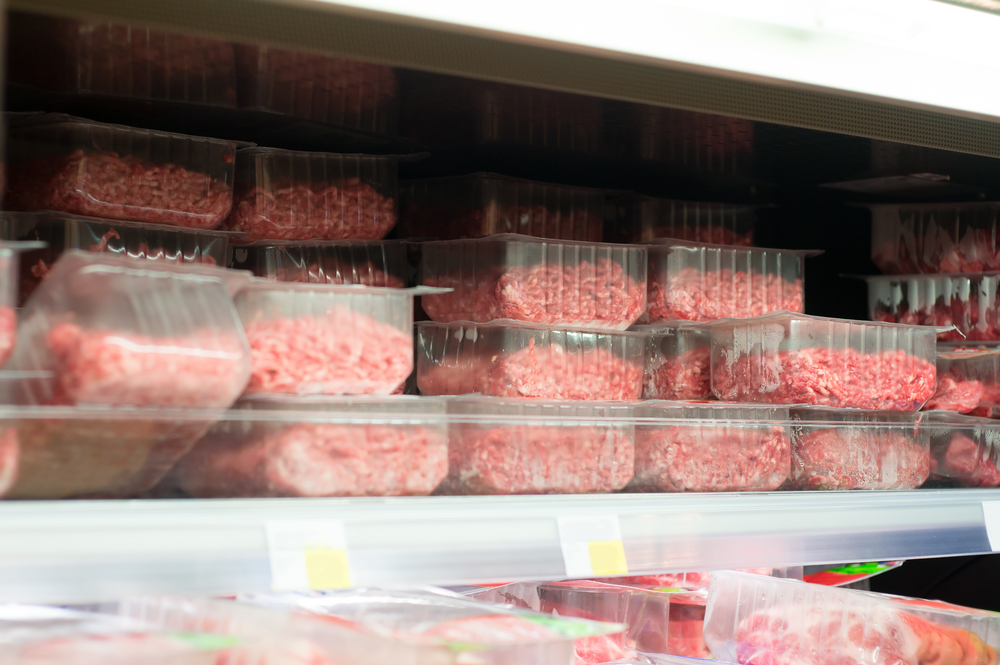
Cooking cold ground turkey can lead to uneven results and a lack of proper browning. Allow the meat to sit at room temperature for about 15 minutes before cooking. This ensures even cooking and a better sear. Properly browned turkey has a richer flavor and better texture. Plan ahead to take the turkey out of the fridge in advance.
Forgetting to Use a Binder
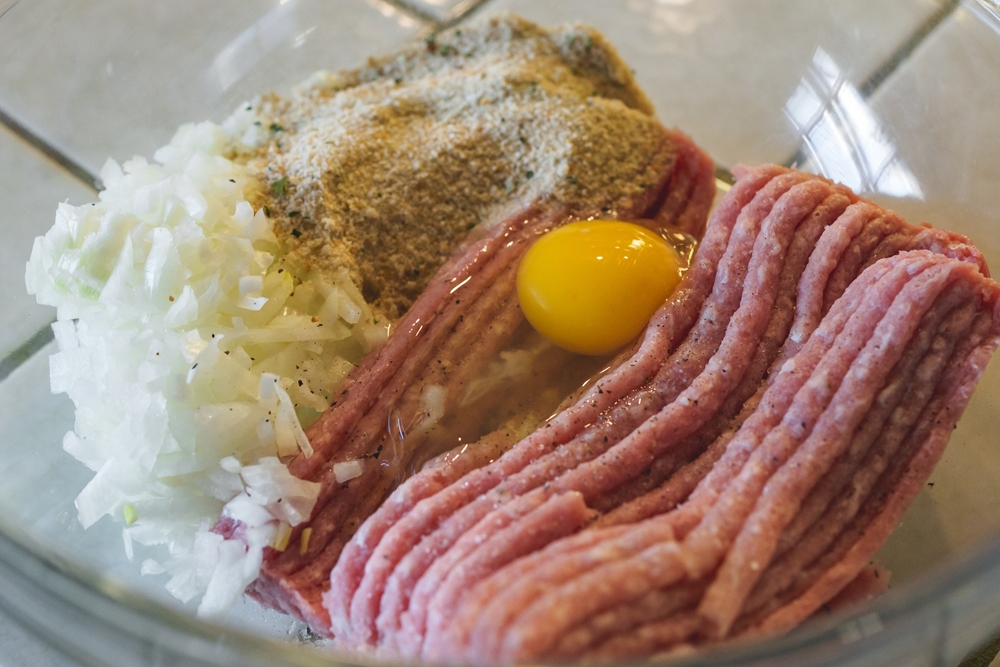
Ground turkey’s low fat content can make it crumbly, especially in burgers. To keep it together, use binders like breadcrumbs and beaten eggs. The breadcrumbs absorb fat and moisture, while the egg helps hold everything together. For extra moisture, add chicken or turkey fat. This technique works best with lean ground turkey.
Overmixing Your Turkey Meat
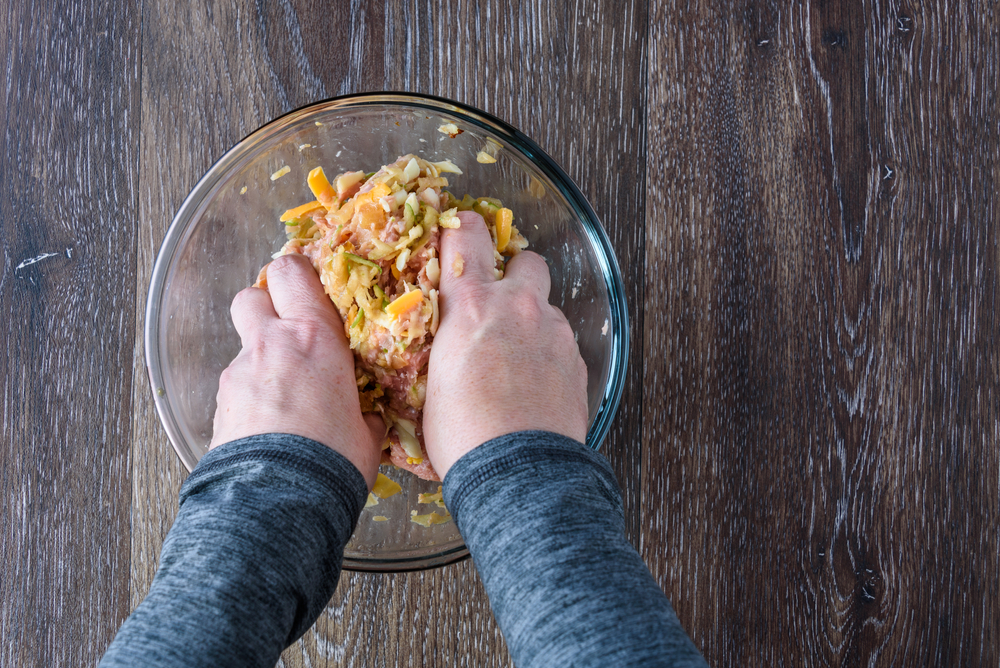
Overmixing ground turkey can lead to a tough, chewy texture. Mixing activates myosin, a protein that toughens the meat. Only mix until the seasonings are just combined. Ensure seasonings are evenly distributed before mixing. Form the meat gently to retain tenderness.
Underseasoning Your Meat
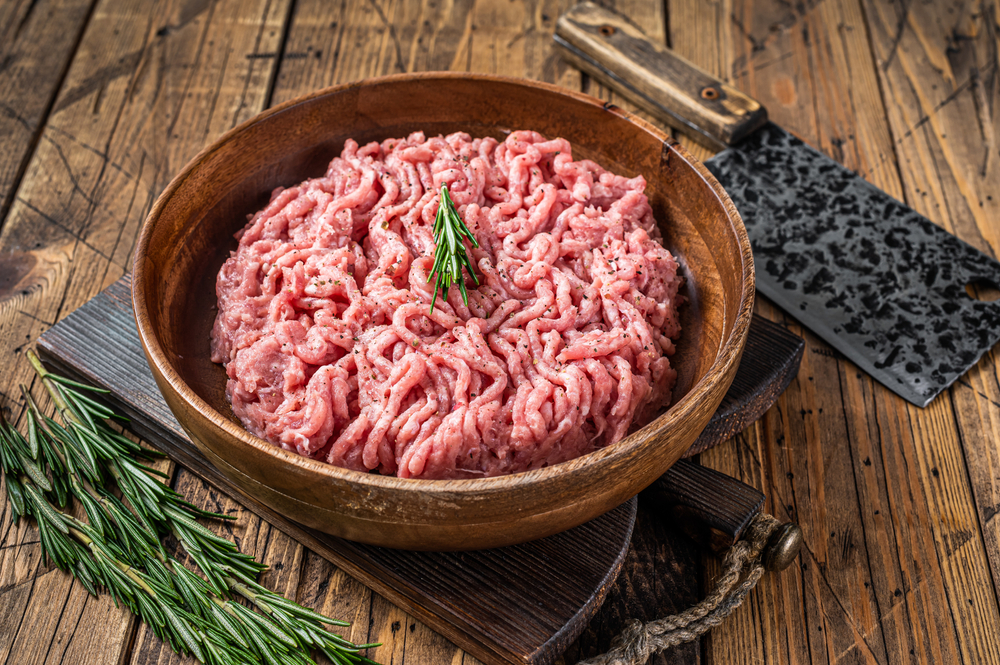
Ground turkey’s mild flavor needs substantial seasoning to avoid blandness. Use a combination of spices, herbs, salt, and pepper. Don’t rely solely on salt; incorporate diverse seasonings for depth. Match your seasoning blend to your dish’s flavor profile. Experiment with different spices to enhance the turkey’s taste.
Failing to Cook Ground Turkey to the Right Temperature
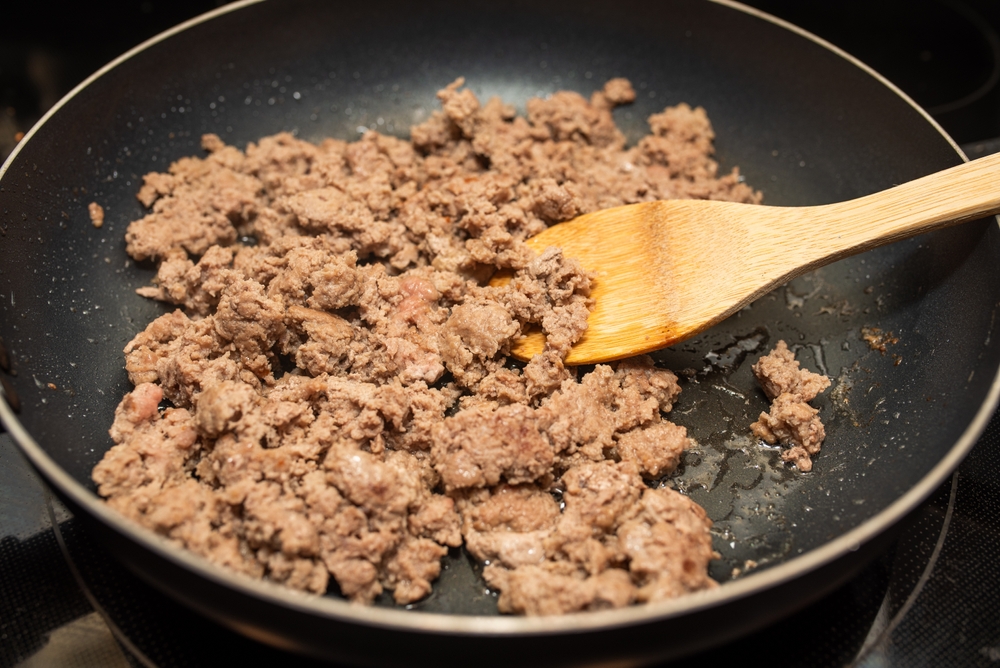
Undercooked ground turkey can pose serious health risks. Ensure it reaches an internal temperature of 165°F. Use a meat thermometer for accuracy. Insert the thermometer into the thickest part of the meat. Fully cooked turkey should have no pink spots.
Forgetting to Use a Potato Masher
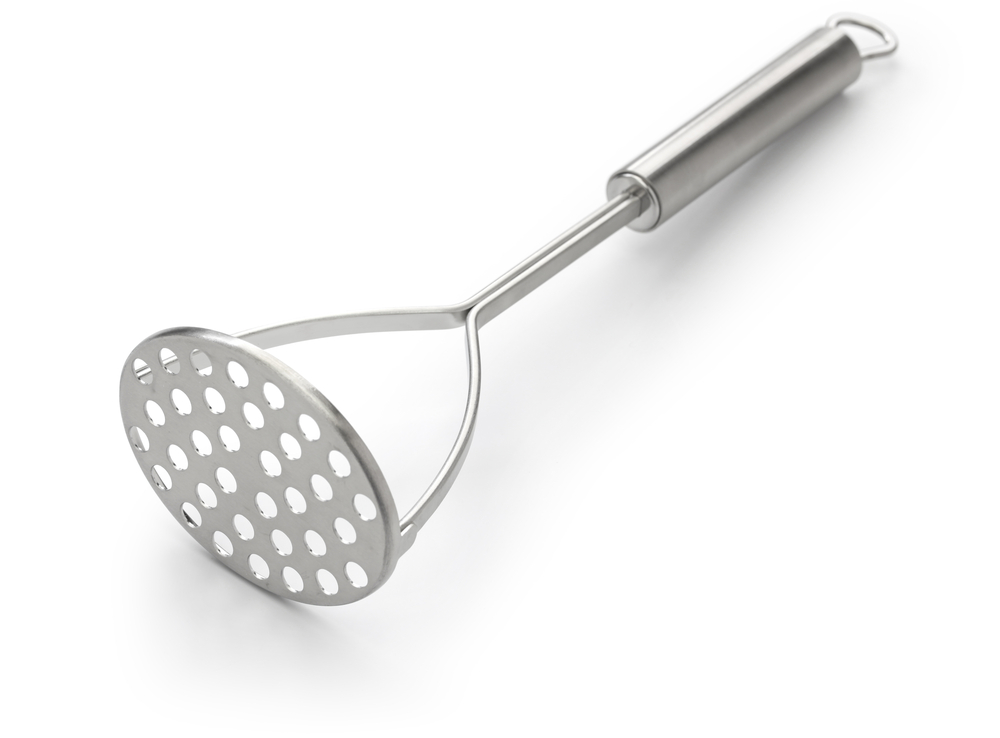
Ground turkey can clump together, resulting in uneven cooking. Use a potato masher to break up the meat in the pan. Apply gentle pressure early in the cooking process. This prevents large chunks and promotes even browning. Avoid using the masher after adding other ingredients.
Not Stirring It Often Enough
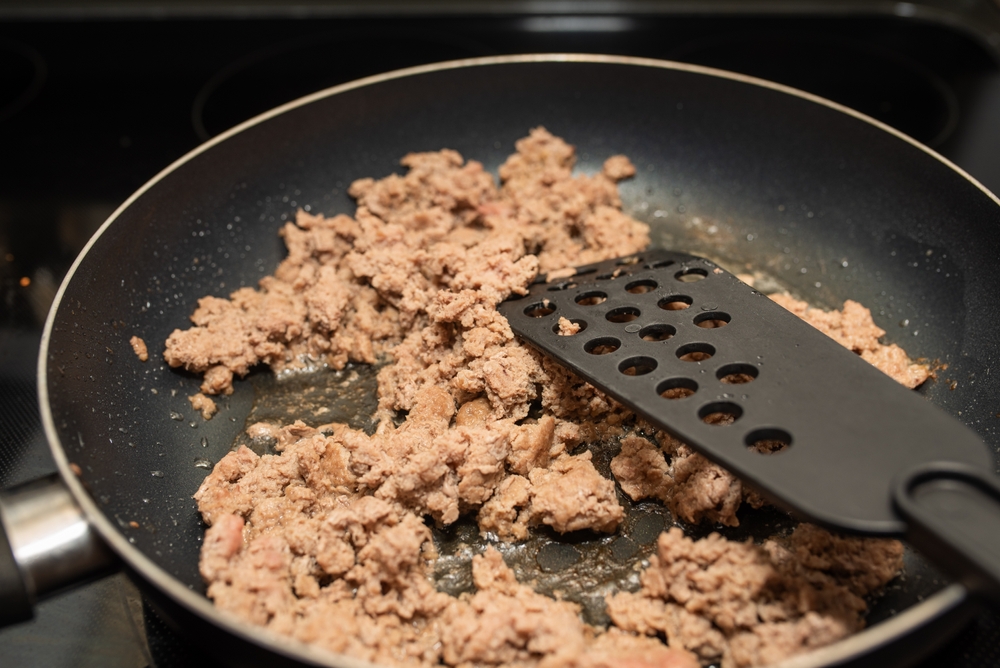
Ground turkey’s low fat content makes it prone to sticking to the pan. Stirring frequently prevents sticking and burning. Use nonstick or Teflon-coated pans to reduce sticking. Stainless steel pans can cause more sticking issues. Adding a bit of oil can help maintain moisture.
Overcooking Ground Turkey

Ground turkey can dry out quickly due to its low fat content. Cook it for four to five minutes on the stove or 15 to 20 minutes in the oven. Avoid high heat for extended periods. Look for pale white meat and an internal temperature of 165°F. High heat initially can help achieve browning without overcooking.
Not Draining Your Meat
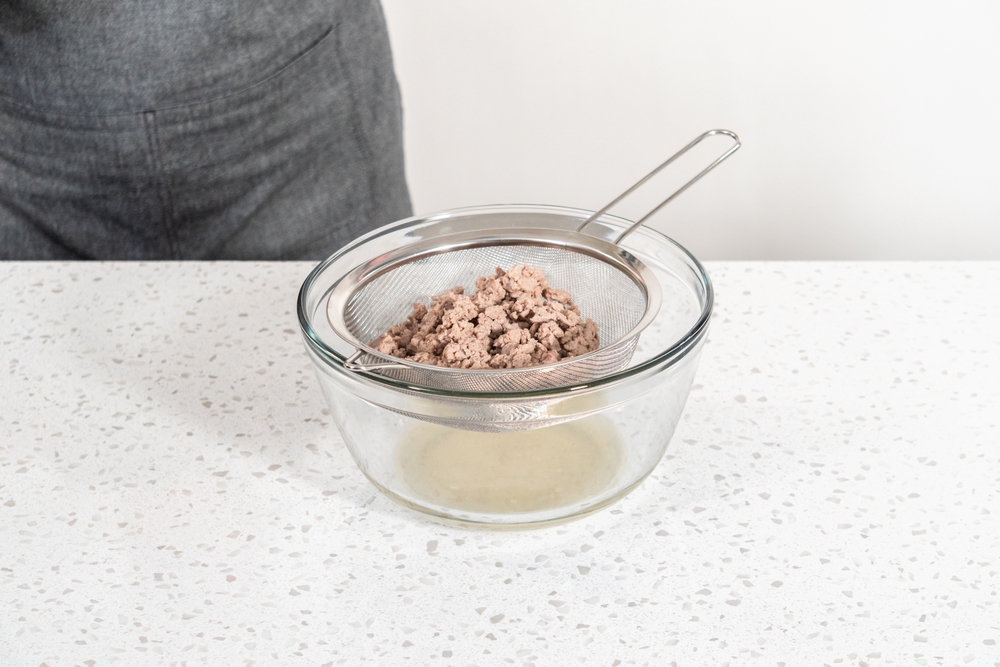
Even lean ground turkey can become greasy if not drained. Drain excess fat by angling the pan and using a spoon or baster. Blot with paper towels if necessary, being careful to avoid burns. Properly drained turkey has a better texture and flavor. Always assess if draining is needed based on the fat content.
Cooking with Expired Ground Turkey
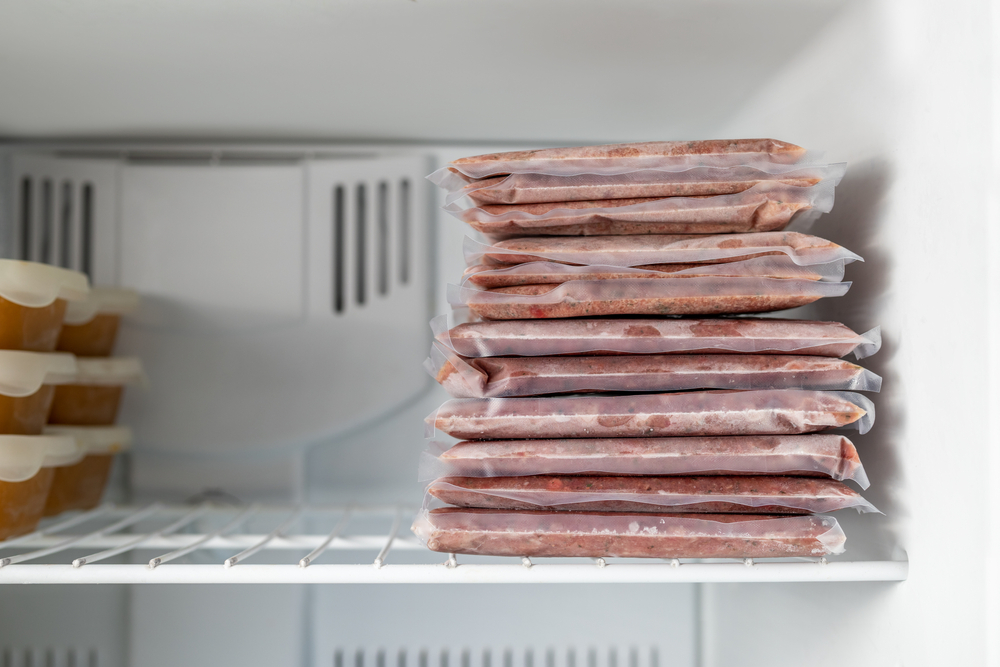
Ground turkey can spoil quickly, leading to food poisoning. Use ground turkey within 24 to 48 hours of purchase. Check for sour smell, slimy texture, or discoloration. Trust your senses over sell-by dates. Store turkey properly to extend its shelf life.
Pushing Down on Your Ground Turkey Burgers While Grilling
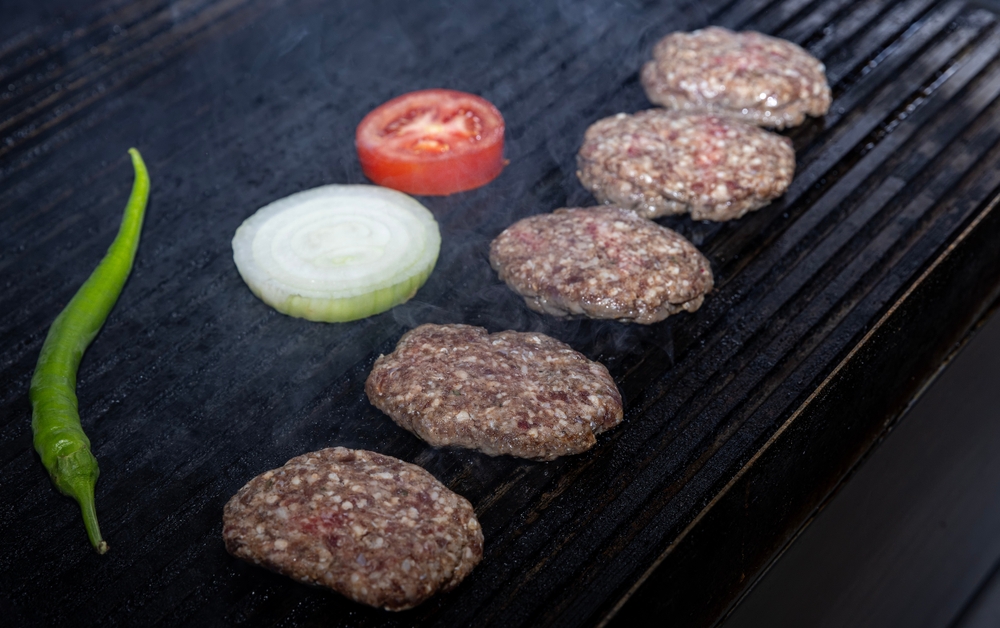
Pressing burgers can push out moisture, resulting in dry patties. Avoid pressing down on burgers with a spatula. Let them cook undisturbed for proper searing. Well-seared burgers retain more moisture. Grease the grill to prevent sticking.
Forgetting to Add Moistening Ingredients
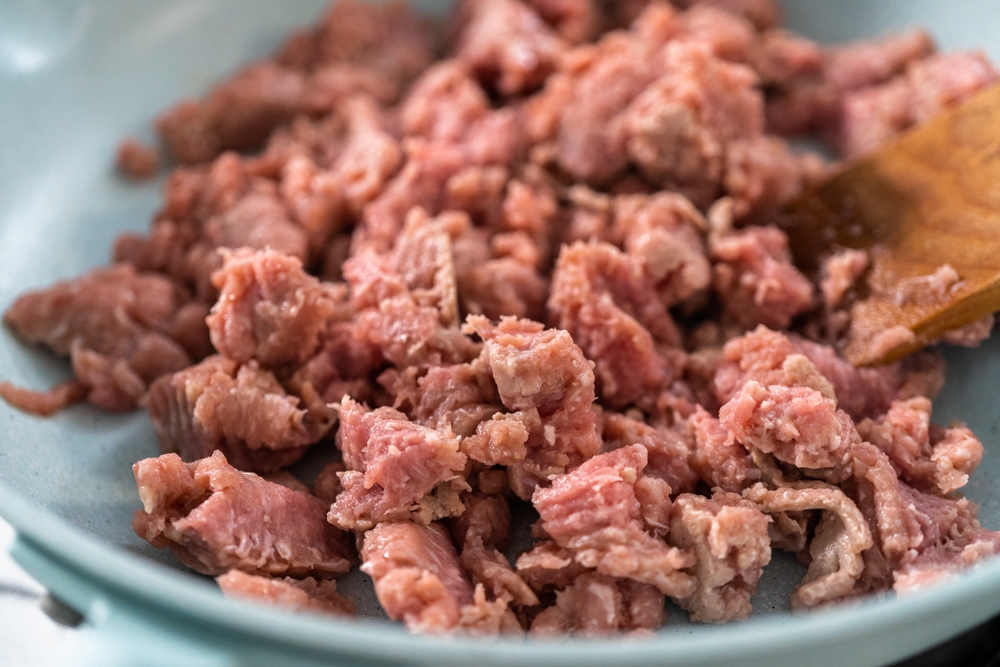
Ground turkey can be dry if not properly moistened. Add grated butter, minced mushrooms, or grated zucchini. Butter adds richness, mushrooms enhance flavor, and zucchini provides moisture and nutrients. Squeeze excess water from zucchini before adding. Experiment with different moistening ingredients for optimal results.
Not Considering Food Safety
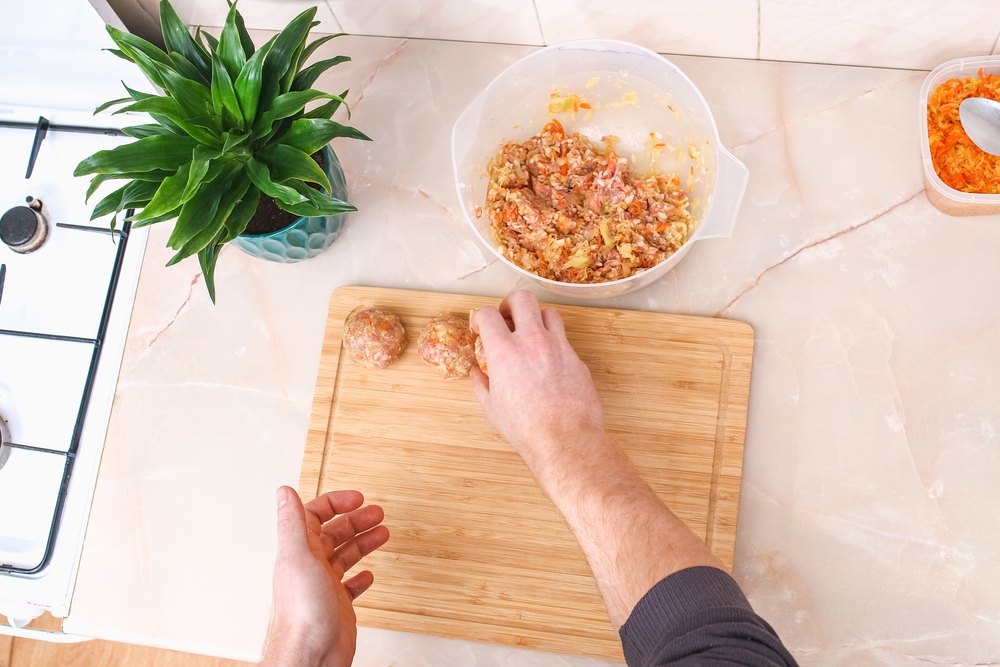
Ground turkey requires careful handling to prevent contamination. Avoid cross-contamination with other foods. Wash hands and utensils thoroughly after handling raw turkey. Cook to the correct internal temperature to kill bacteria. Store leftovers promptly to prevent bacterial growth.
This article originally appeared on RetailShout
More From RetailShout
15 Items You Can Ditch for a More Minimalist Lifestyle
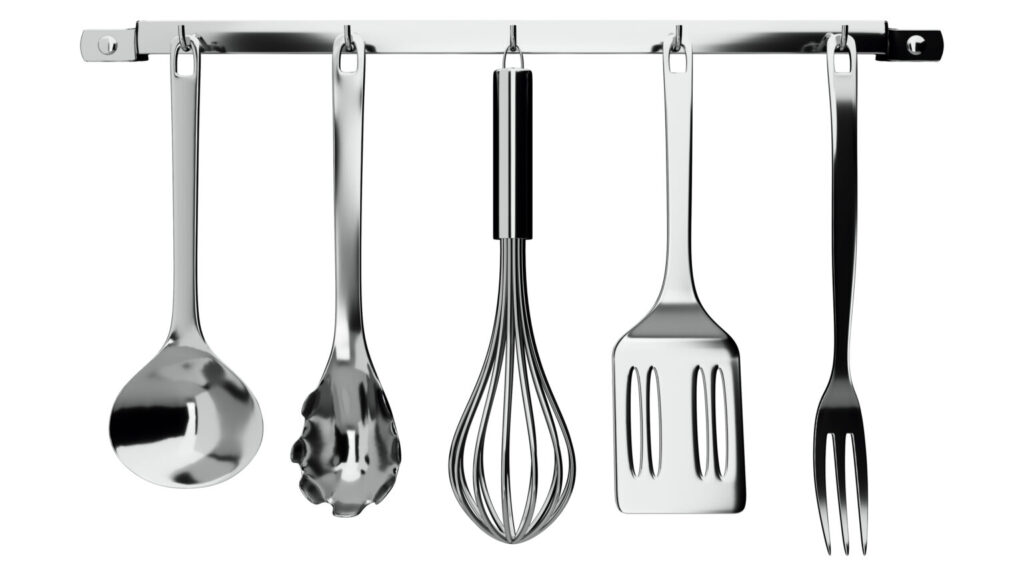
Have you ever stopped, looked around your house, and felt overwhelmed by the sheer amount of stuff you own? The clutter, the excess, the things that no longer serve a purpose but continue to occupy valuable space – all of these can contribute to a sense of chaos and stress in your daily life. Embracing a minimalist lifestyle can help you regain control and create a more streamlined, peaceful environment. Read More.
12 Cheap Dollar Tree Essentials You Won’t Find Anywhere Else

Have you ever stepped into Dollar Tree expecting their usual arrangement of budget-friendly goods, and then stumble into an unexpectedly delightful product? It’s in these moments you’ll realize that there are a lot of interesting discoveries at Dollar Tree that you will not find anywhere else. Read More.
16 Common Yard Sale Items That Are Wastes of Money

Yard sales are a treasure trove for bargain hunters and those looking for unique finds. However, not everything sold at a yard sale is a good deal. These are due to several reasons. If any of these factors are present, then the item is most definitely a waste of money. Read More.

